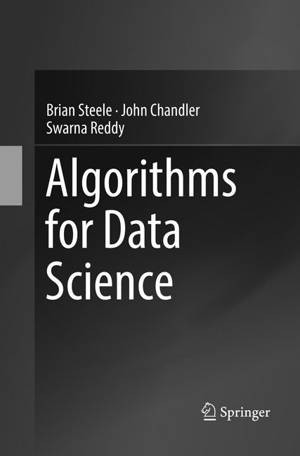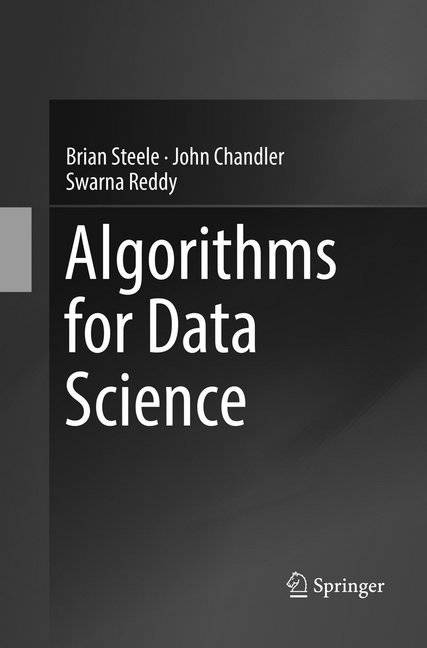
- Retrait gratuit dans votre magasin Club
- 7.000.000 titres dans notre catalogue
- Payer en toute sécurité
- Toujours un magasin près de chez vous
- Retrait gratuit dans votre magasin Club
- 7.000.0000 titres dans notre catalogue
- Payer en toute sécurité
- Toujours un magasin près de chez vous
68,95 €
+ 137 points
Format
Description
Unites theory, algorithm design, and practical data analysis for simplicity and clarity of content
Contains more than twenty detailed and carefully crafted Python tutorials
Each chapter includes exercises of varying levels of difficulty
Uses publicly available data sets throughout the book
Contains more than twenty detailed and carefully crafted Python tutorials
Each chapter includes exercises of varying levels of difficulty
Uses publicly available data sets throughout the book
Spécifications
Parties prenantes
- Auteur(s) :
- Editeur:
Contenu
- Nombre de pages :
- 430
- Langue:
- Anglais
Caractéristiques
- EAN:
- 9783319833736
- Date de parution :
- 07-07-18
- Format:
- Livre broché
- Format numérique:
- Trade paperback (VS)
- Dimensions :
- 156 mm x 234 mm
- Poids :
- 635 g

Les avis
Nous publions uniquement les avis qui respectent les conditions requises. Consultez nos conditions pour les avis.






